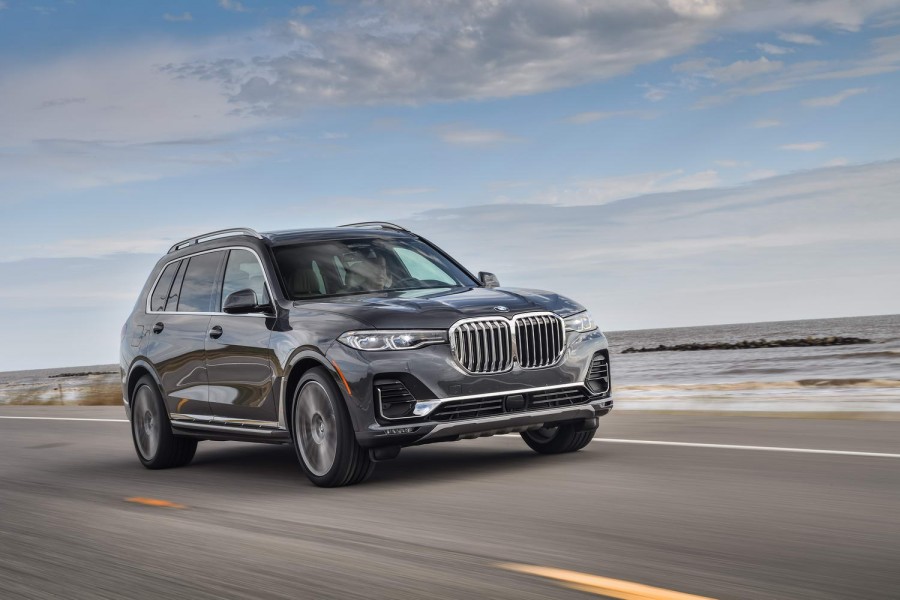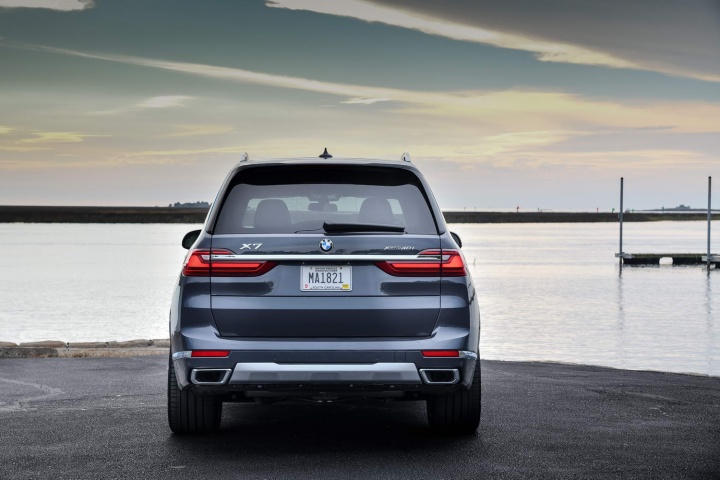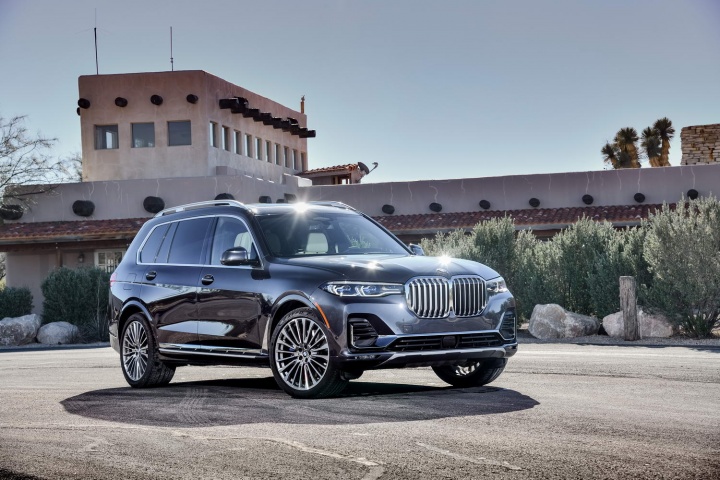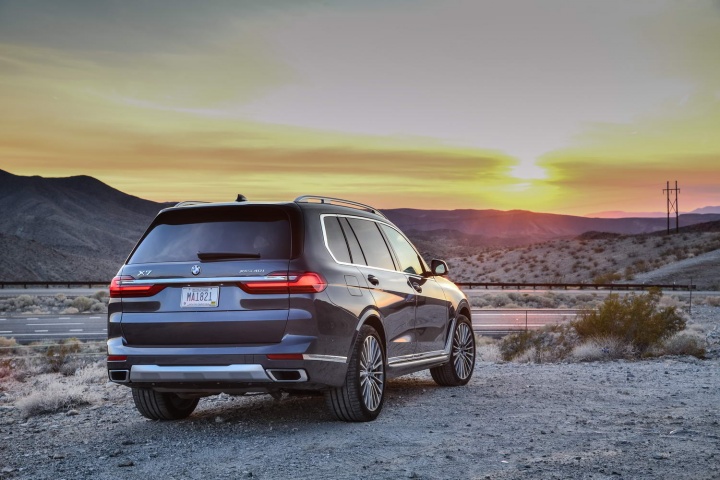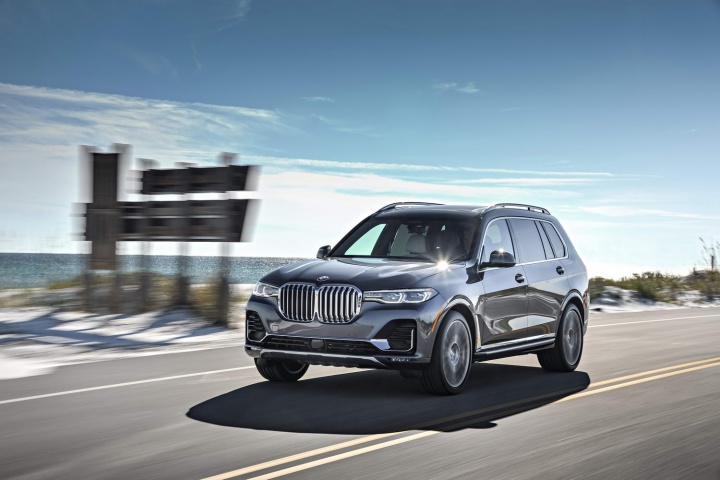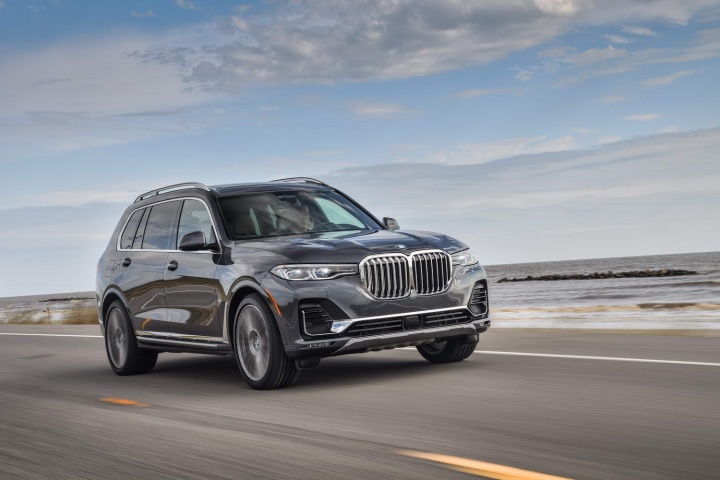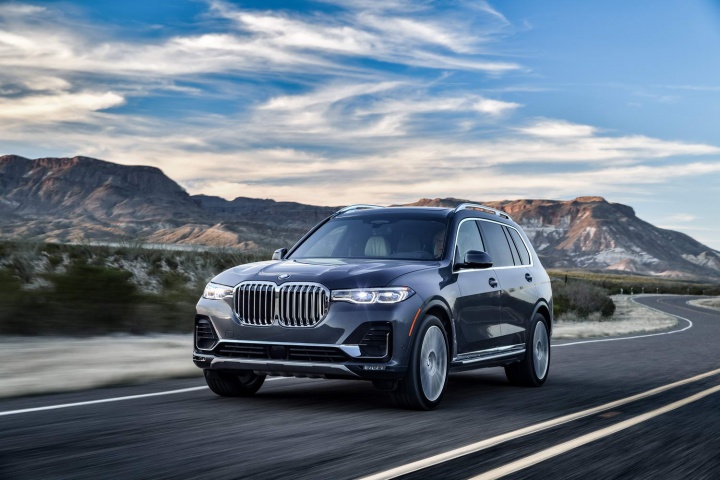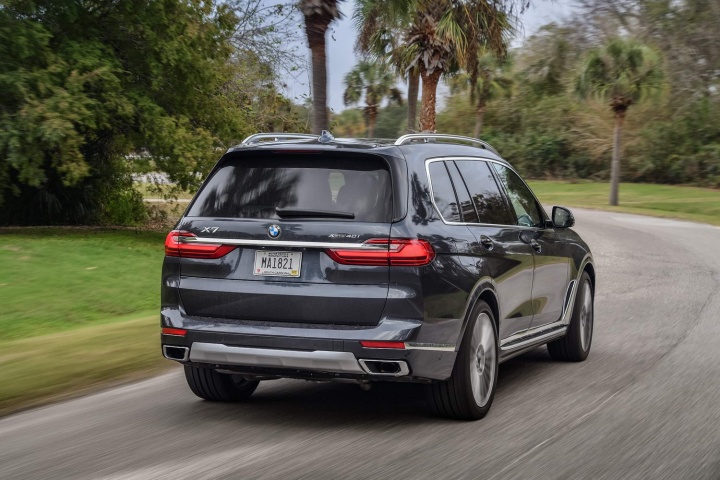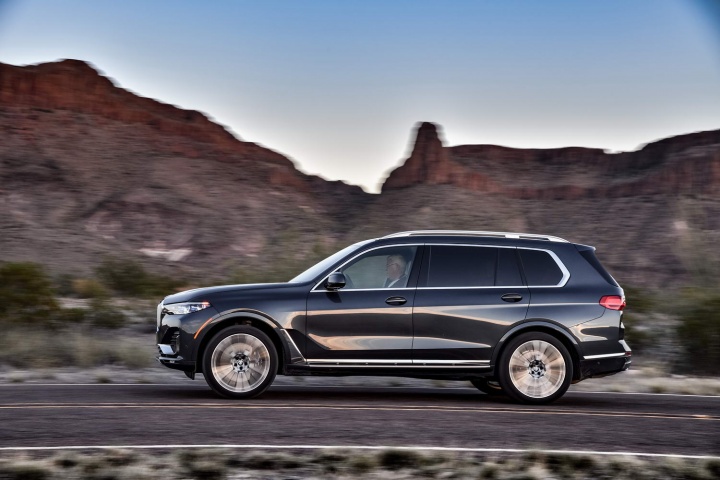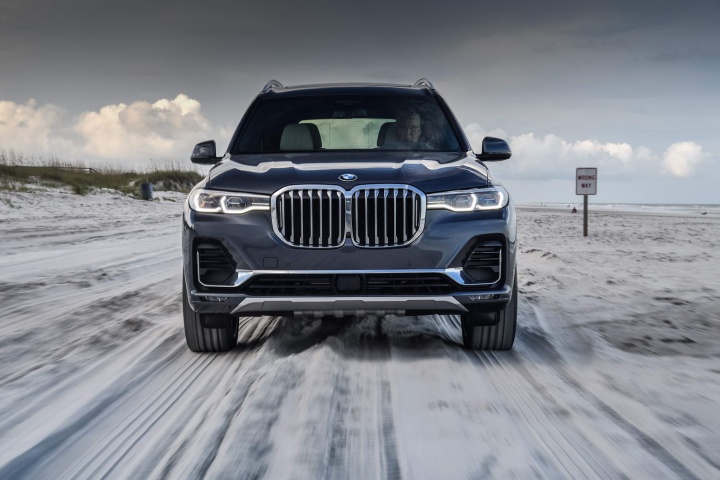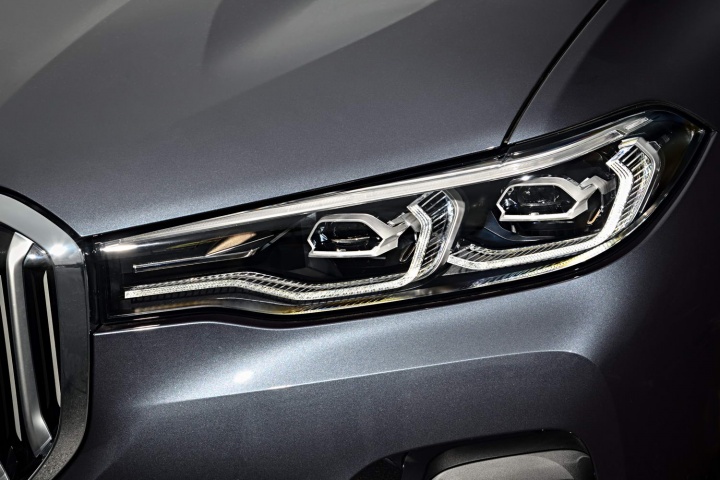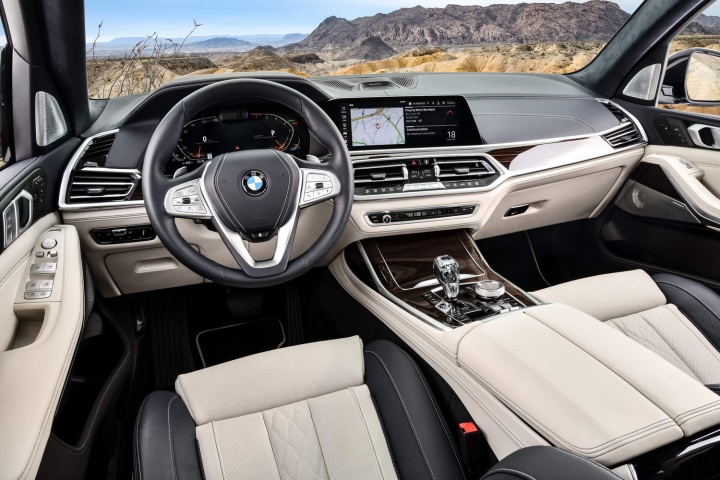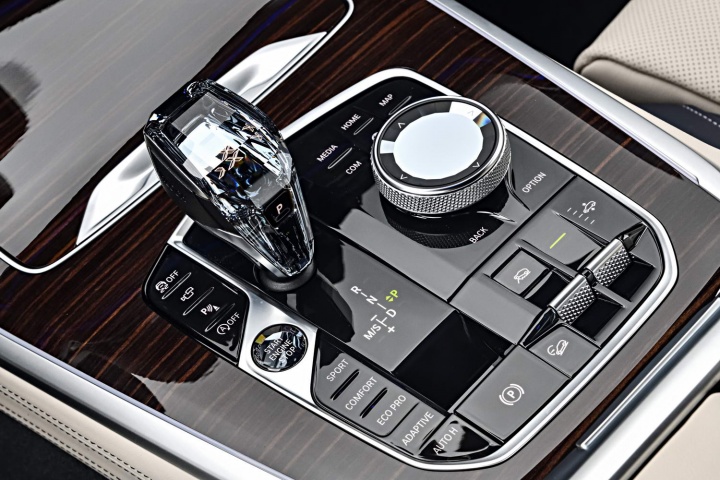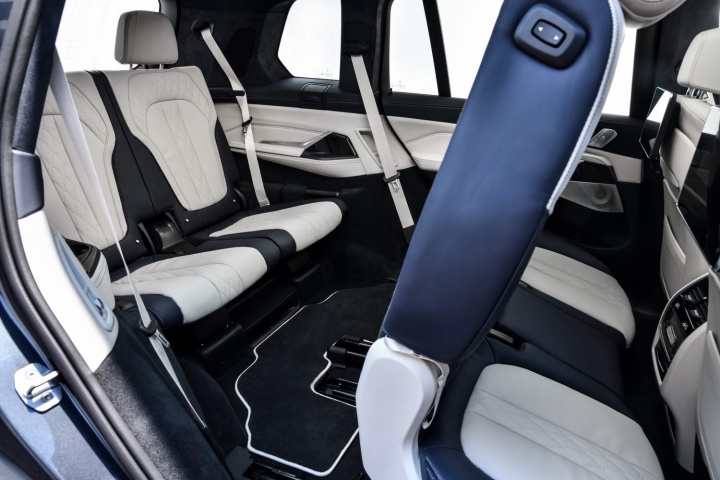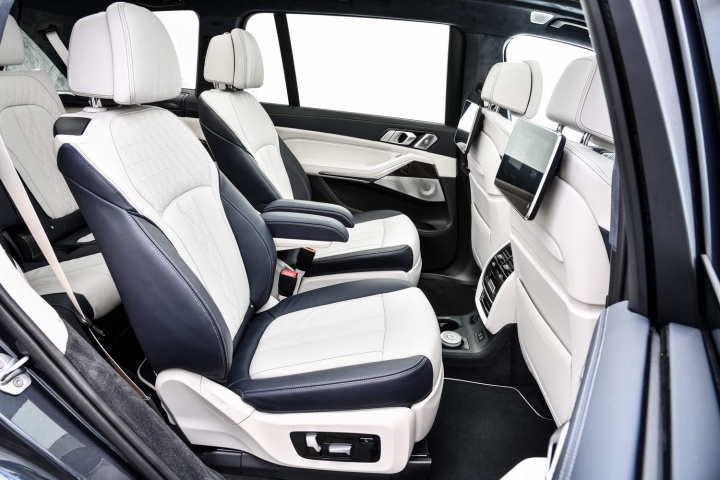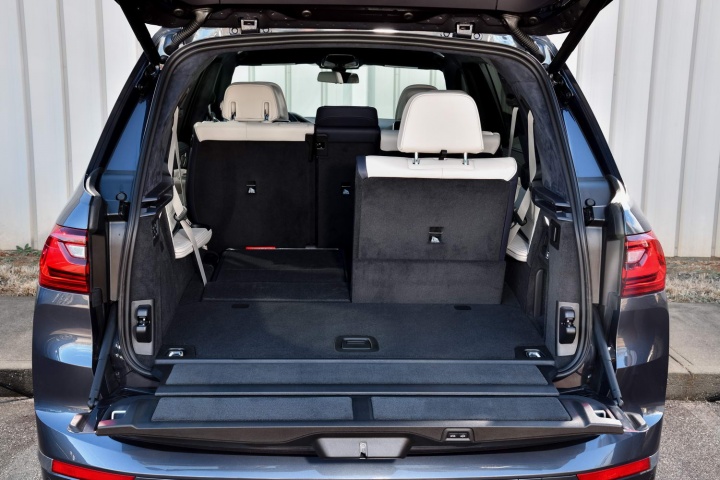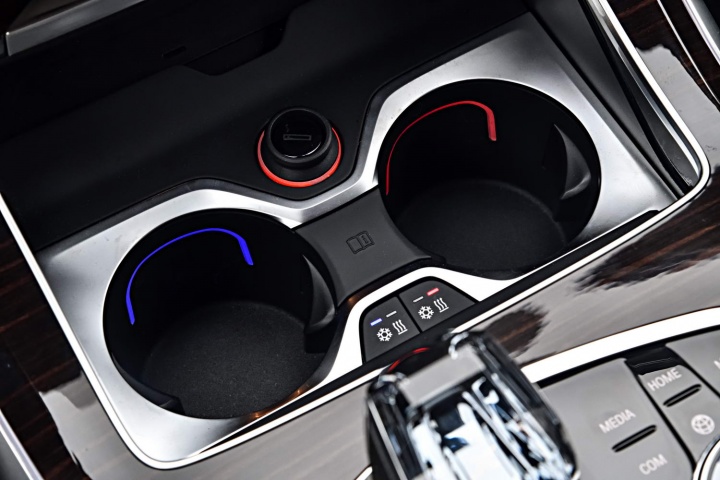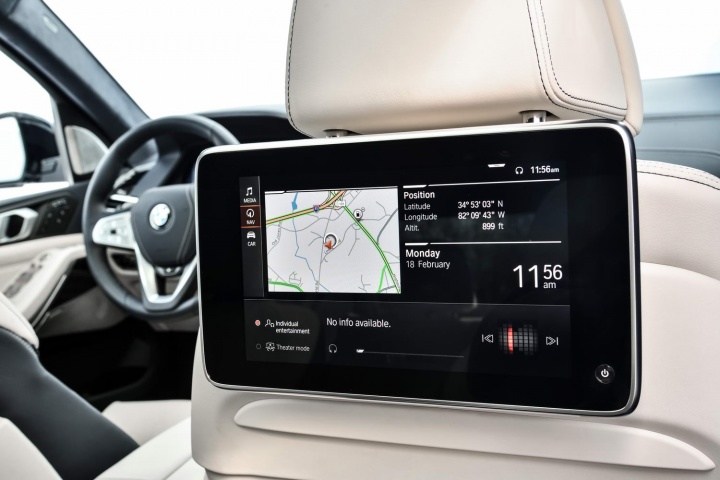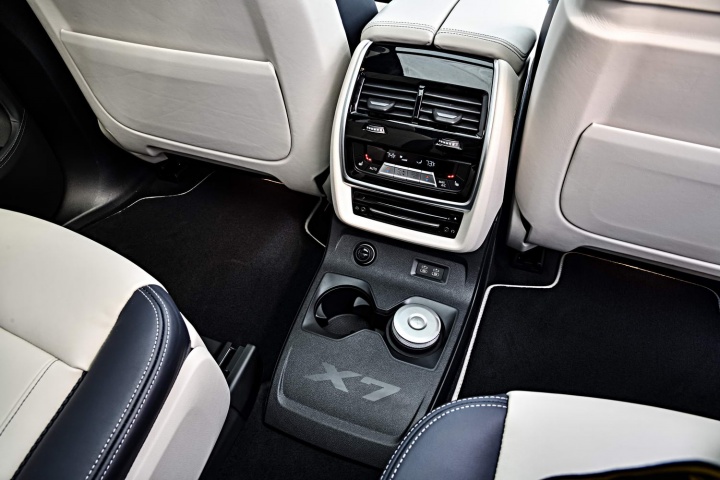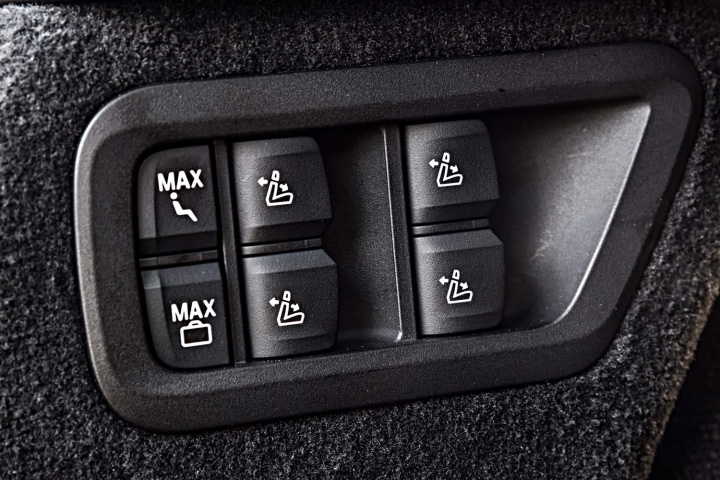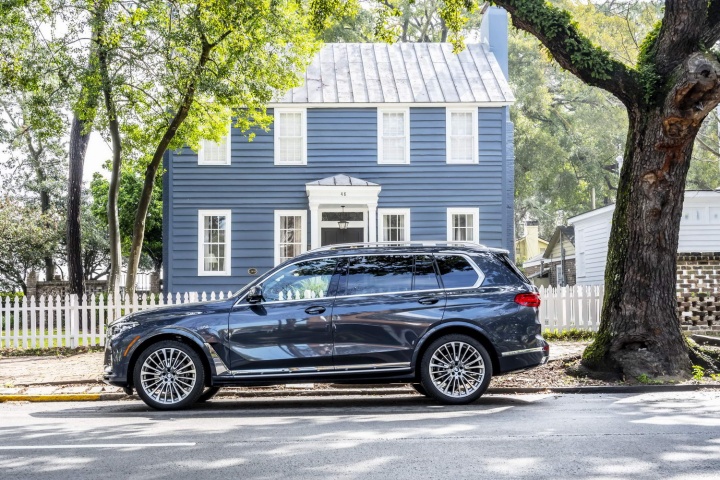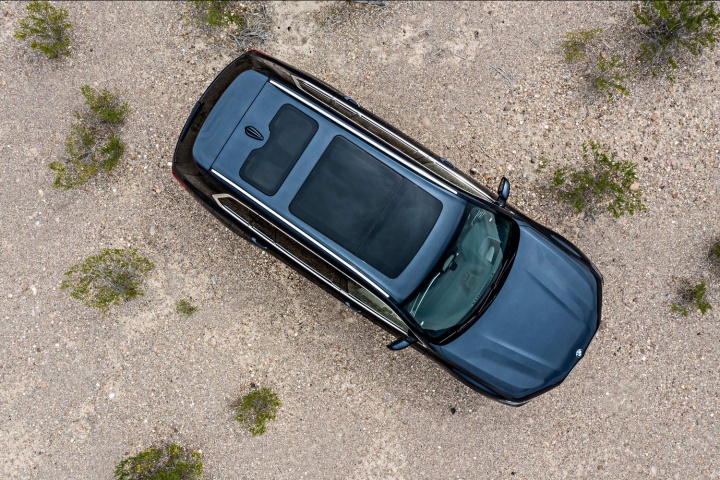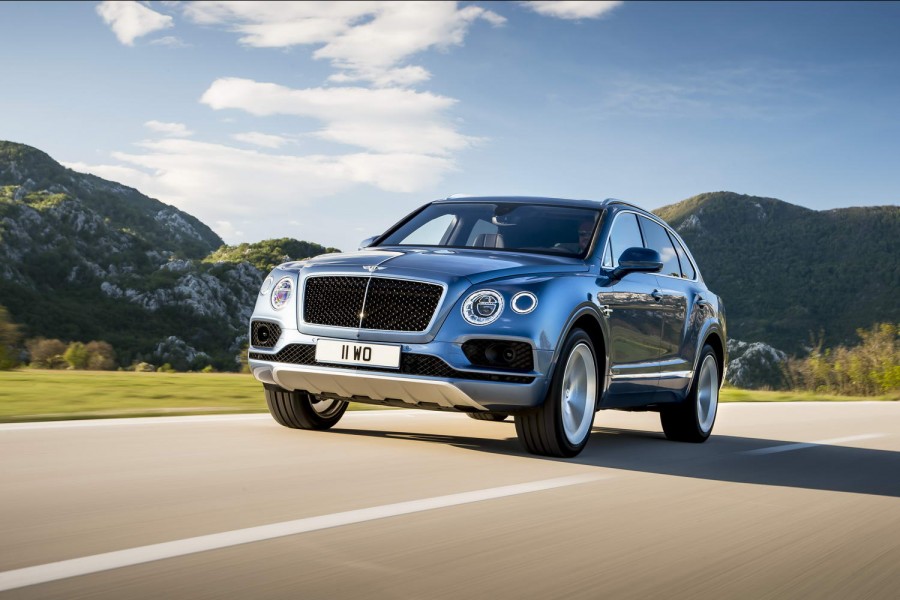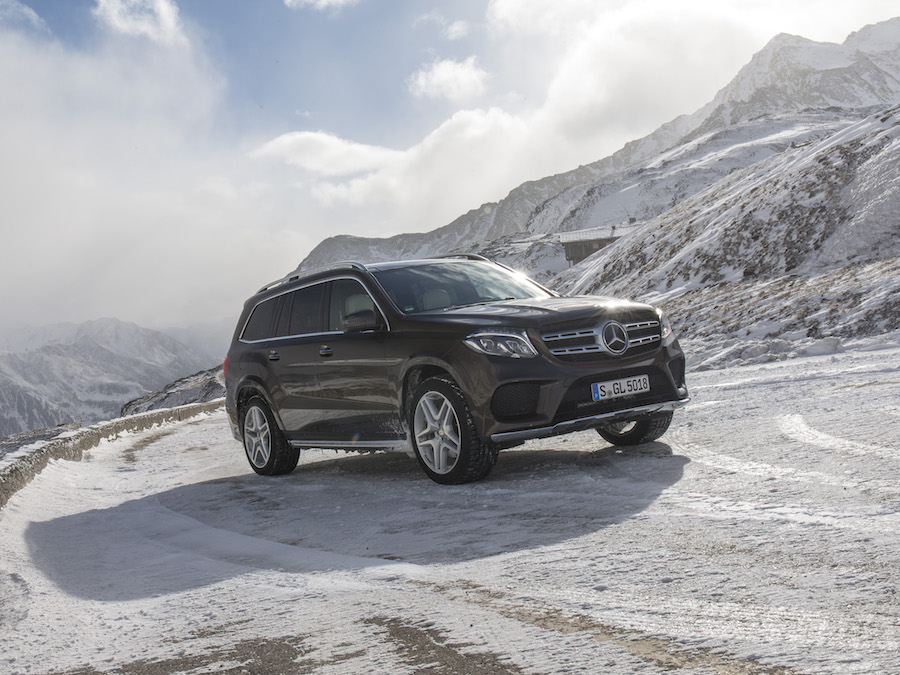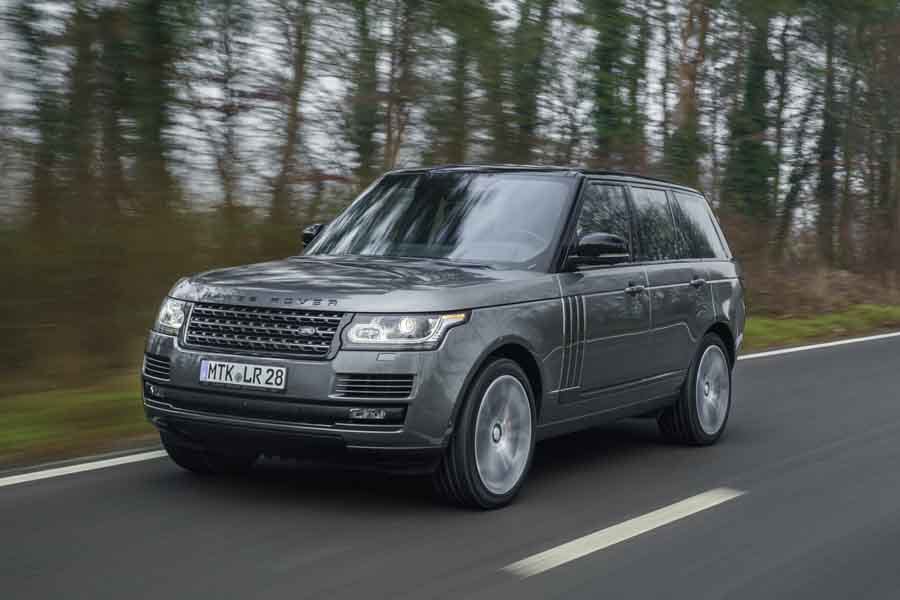Until now, the biggest talking point of BMW's new X7 SUV was its appropriately huge radiator grille. Thankfully, buyers that want their luxury in an elevated package will find a lot more to the X7 than its divisive appearance. Here we test the xDrive40i petrol version.
In the metal
There's no getting away from it: the BMW X7's huge radiator grille has, if social media commentary is anything to go by, garnered few fans. You won't be surprised to hear that it's the largest interpretation of BMW's characteristic kidney grille yet and the fact that it will also grace the updated BMW 7 Series doesn't really dilute its impact. In the metal, it certainly gives the X7 huge presence, which is helped along by the slimline headlights and, of course, the sheer size of the car. Spend any time in the company of the X7 and you'll not doubt BMW's assertion that it has more in common with the 7 Series than it does the X5.
Aside from the massive proportions, lashings of chrome at the back and rear, THAT grille and the option to fit 22-inch alloy wheels, the X7 really begins to feel like a tall 7 Series when you note that the rear doors are longer than the fronts.
And inside, the X7 is undoubtedly a luxury car first and foremost with high-quality materials and all of BMW's infotainment technology on show. The dashboard with its two 12.3-inch digital screens (one of them instead of traditional instruments), the new iDrive rotary controller and switchgear will be familiar from the latest BMW X5, but it's all change behind. As standard, the X7 will have a seven-seat layout, with full electric adjustment and stowage of the rear seats, along with heating for all. I can confirm that adults have more than adequate room for their legs, heads and feet even in the rearmost two seats.
In the maximum passenger space setting, there's still 326 litres of boot volume at the back, accessible via an electrically operated, split tailgate. At the press of a button, all the seats can be folded flat, opening up a ginormous 2,120 litres. This process is impressive in the way it individually tweaks all the seats, but it's a little slow. BMW fits the X7 with a large panoramic glass roof as standard, which extends into a panel over the heads of those in the third row, while buyers can specify five-zone climate control and integrated infotainment for the rear passengers, too.
So far, so moneyed family with demanding kids. But BMW clearly foresees the X7 as an alternative to the 7 Series for some markets, with a chauffeur driver up front and well-heeled clients behind. Hence the option to replace the second bench row of seating with two individual full-size chairs. These are just as adjustable and comfortable as the front seats.
Driving it
Speaking with the engineering team behind the BMW X7, it seems they set themselves higher targets than we suspect the new car's target audience will ever demand. While it was acknowledged from the start that, with its larger dimensions and considerable weight gain over the X5, the X7 could never be quite as dynamic as its 'little' brother, it was inconceivable that the X7 wouldn't live up to the BMW badge on its bonnet. In short, being anything less than the most agile and dynamic large SUV in the sector would have been seen as a failure.
And while we didn't spend much time on truly testing roads at the international launch of the X7 in the US, the car certainly felt biddable and capable when pushed. More capable than most owners will ever need. The brakes feel strong and the steering is pleasantly weighted, while body control is good. Go for the optional Integral Active Steering (rear-wheel steering in BMW-speak) for the most agile-feeling X7, which may sound laughable, but it's a worthwhile investment as it helps out with low-speed manoeuvring, too, effectively giving the car a smaller wheelbase.
Corners, we didn't major on, but we did spend over 800 kilometres at the wheel of the X7 in one day, taking a scenic route from El Paso in Texas to Phoenix, Arizona. The road surfaces varied massively, the weather changed from near-torrential rain to hot sunshine and we battled with stop-start traffic at one end of the journey while feeling alone in the world at another stage through cacti-strewn mountains. This type of long journey is precisely what BMW had in mind for the X7 and the car excelled.
As standard, the X7 gets air suspension and adaptive damping, which does a good job of isolating the road from the occupants, while giving it a tautness that you expect of a BMW. Wind noise and road noise are quelled, too, and the engine is quiet and cultured, even if you do feel the need to extend it. The standard eight-speed automatic transmission is nigh-on perfect, negating the need to use the gearchange paddles, or indeed the Sport mode.
In this instance, our test car was the xDrive40i variant, powered by BMW's turbocharged 3.0-litre inline-six petrol engine. It's not expected to outsell the xDrive30d diesel in Europe, but as it's only about seven grand more, it's worth considering if you don't actually do very many long journeys. The refinement and smoothness are worth the investment alone and, while 340hp and 450Nm of torque never feel super-quick in a car as big as the X7, it's enough to shift it along at speed when you need it.
What you get for your money
The new BMW X7 starts at €113,000 for the xDrive30d in standard trim, which includes 21-inch wheels, metallic paint, Merino leather upholstery, air suspension, BMW Display Key, Comfort Access, four-zone climate control, adaptive LED headlights with high beam assistant, Parking Assistant Plus and plenty more. This does not appear to be a car designed to extract more money from its buyers on missing equipment.
Even so, many are expected to pay €4,030 extra for the M Sport upgrade, which brings with it a more aggressive exterior style and an M-flavoured interior makeover, too. The range-topping X7 M50d's appearance is based on the M Sport car's design, though with a few unique items. It also gets 22-inch alloys, an M Sport exhaust and differential and a Harmon/Kardon sound system.
The xDrive40i version starts at €120,890, rising to €125,080 as an M Sport model, while the X7 M50d is €137,300. While these prices are undoubtedly high, we feel that buyers won't feel hard done by.
Summary
We expect the new BMW X7 to further impress when fitted with one of the company's torque-rich diesel engines, though our test drive in the xDrive40i petrol variant reveals that this is a luxury car first and an SUV second, with the potential to steal sales from BMW's own 7 Series model. Few seem to like its exterior, but the cabin is a masterpiece in terms of fit, finish and technology, while it can genuinely carry up to seven adults. Not many other cars on the market mix all those things together in one high-quality package.

